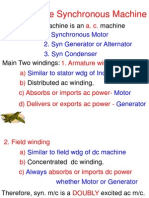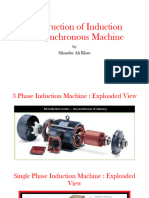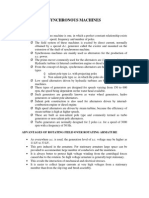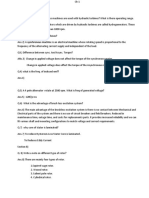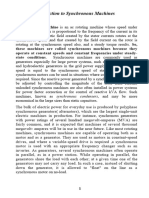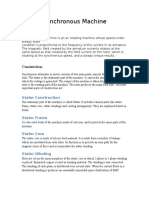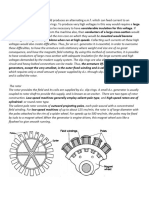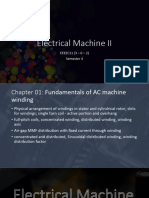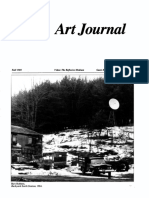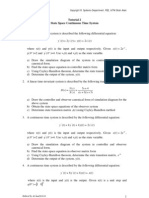0% found this document useful (0 votes)
21 views58 pagesSynchronous Machines Intro
Synchronous machines operate at a constant speed and can function as both generators and motors, primarily used for electrical power generation. They consist of a rotor with field windings excited by DC and stator armature windings connected to AC, allowing for reactive power compensation. The document also discusses construction types, excitation systems, and the operational principles of synchronous generators and alternators.
Uploaded by
mohansiva9889Copyright
© © All Rights Reserved
We take content rights seriously. If you suspect this is your content, claim it here.
Available Formats
Download as PPT, PDF, TXT or read online on Scribd
0% found this document useful (0 votes)
21 views58 pagesSynchronous Machines Intro
Synchronous machines operate at a constant speed and can function as both generators and motors, primarily used for electrical power generation. They consist of a rotor with field windings excited by DC and stator armature windings connected to AC, allowing for reactive power compensation. The document also discusses construction types, excitation systems, and the operational principles of synchronous generators and alternators.
Uploaded by
mohansiva9889Copyright
© © All Rights Reserved
We take content rights seriously. If you suspect this is your content, claim it here.
Available Formats
Download as PPT, PDF, TXT or read online on Scribd
/ 58


